Neolith worktops: The ideal, contemporary stone surfaces for modern kitchens
Neolith has been Polish Granite’s partner for almost 10 years. And year by year their stock would continuously rise and impress us. As of 2021 their inventory is chock-full of amazing products that never fail to astonish us or our customers.
The array of neolith slabs is truly unique. They are one of the few sintered stone suppliers that can imitate the true nature of metallic surfaces. Their IRON collection comprises of hues like Iron Corten or Iron Copper. Meanwhile, on the other end of the spectrum, their marble-lookalike colours are imbued with the organic themes found on natural stone: veins, speckles, minerals and the like.
Neolith are true craftsmen of the aesthetically pleasing, but above all very functional slab materials, from which we, the manufacturers can weekly create Neolith porcelain worktops for our customers across the nation.
What is Neolith? How are neolith slabs made? And is it the classic ‘ceramic’ we’re all familiar with?
Sintered-stone, widely known as ceramic, is completely separate to classic understandings of ceramic. Normal ceramic or porcelain, used for pots and dishes is made of brittle material that isn’t made to withstand great impacts. Sintered stone, on the other hand, is an amalgam of ground stone, pigments and other binding particles that are subjected to very high temperatures and immense pressures in order to create highly resistant, tough, solid and everlasting products we know today as Neolith kitchen worktops.
So why is Neolith labelled as ‘ceramic’ if it has little to do with the standard sense of the word?
The alternative name for sintered stone likely arose due to two reasons. Firstly, at first people associated the fabrication process i.e. very high temperatures and pressures that relates to production of standard ceramics. However, even that is a flawed conception of the relation. Since the classic ceramic pots and porcelain dishes are only cooked in high temperatures, but nothing compared to the ones sintered stone undergoes. There’s also no mention of pressure during creation of ceramic pots and dishes.
Therefore the most likely derivative of this alternative name originates from the actual feel of sintered stone. These products, even when rendered into kitchen worktops usually have a very specific, matte, rough feel to them – very much reminiscent of the classic ceramic feel. Secondly, Neolith kitchen worktops are widely known, praised and renowned for being very thin. Compared to granite and quartz worktops, which are usually supplied thinnest depths of 20mm, Neolith kitchen worktops can be cut into sheets of 8mm, and for some special products, even less.
As such, over the years, the nickname ‘ceramic’ has been applied to sintered stone and it never quite left. Today, the customers, as well as suppliers of Neolith countertops refer to the company’s products as ‘ceramic’. Although in recent years it has been encouraged to move away from this alternative name.
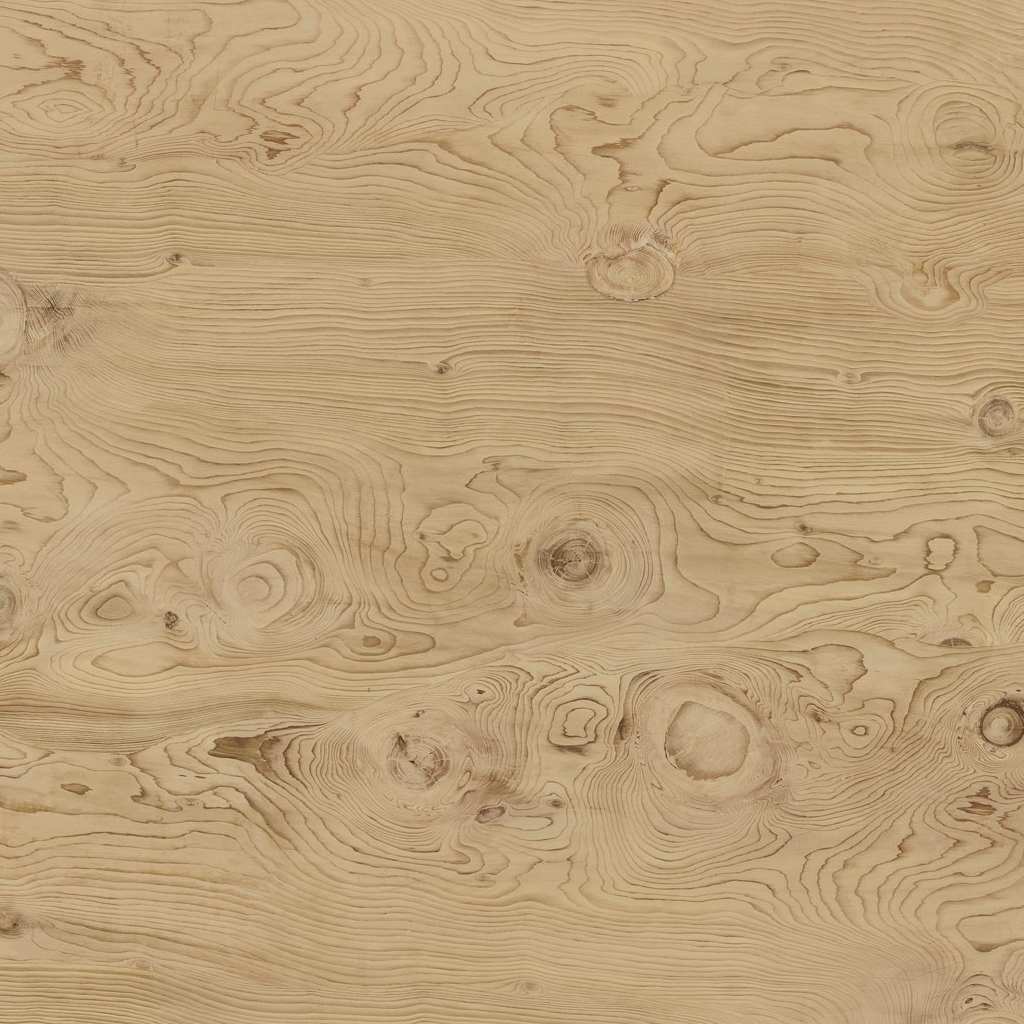
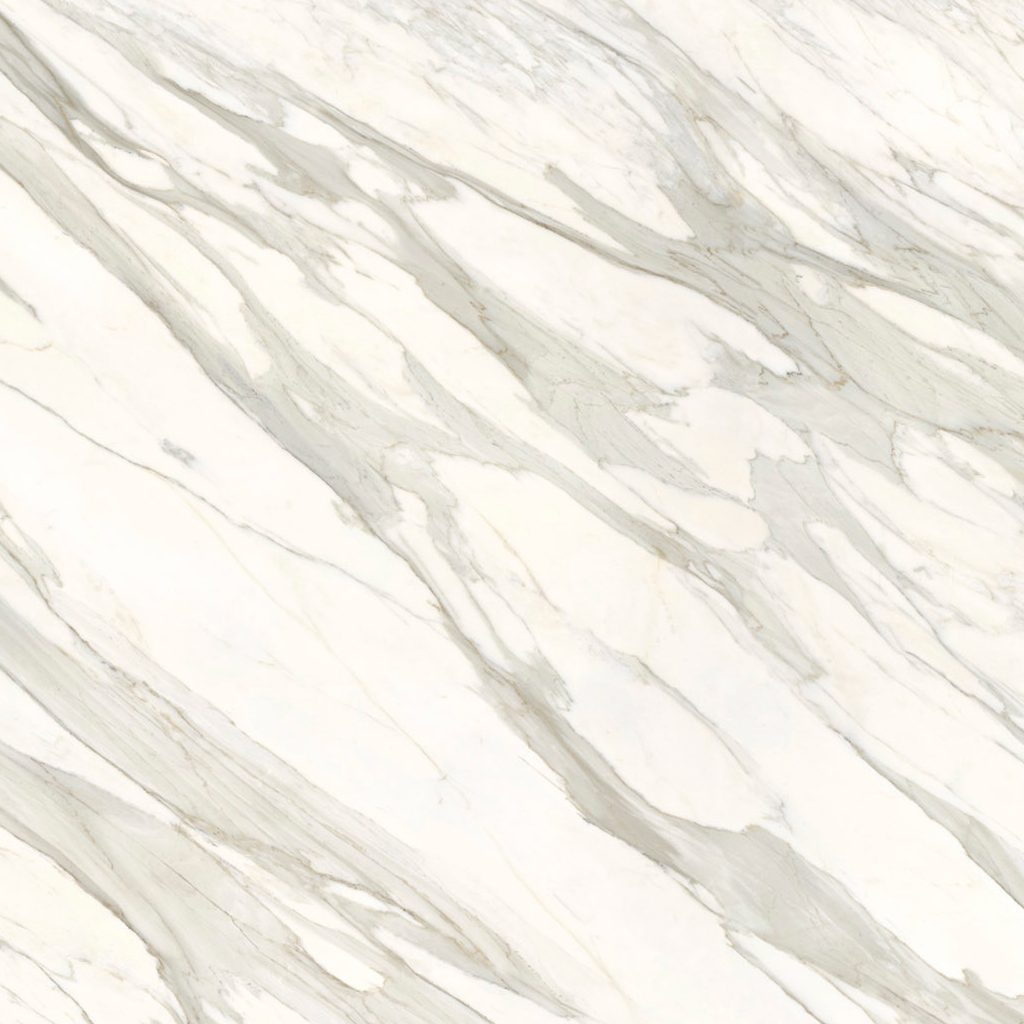
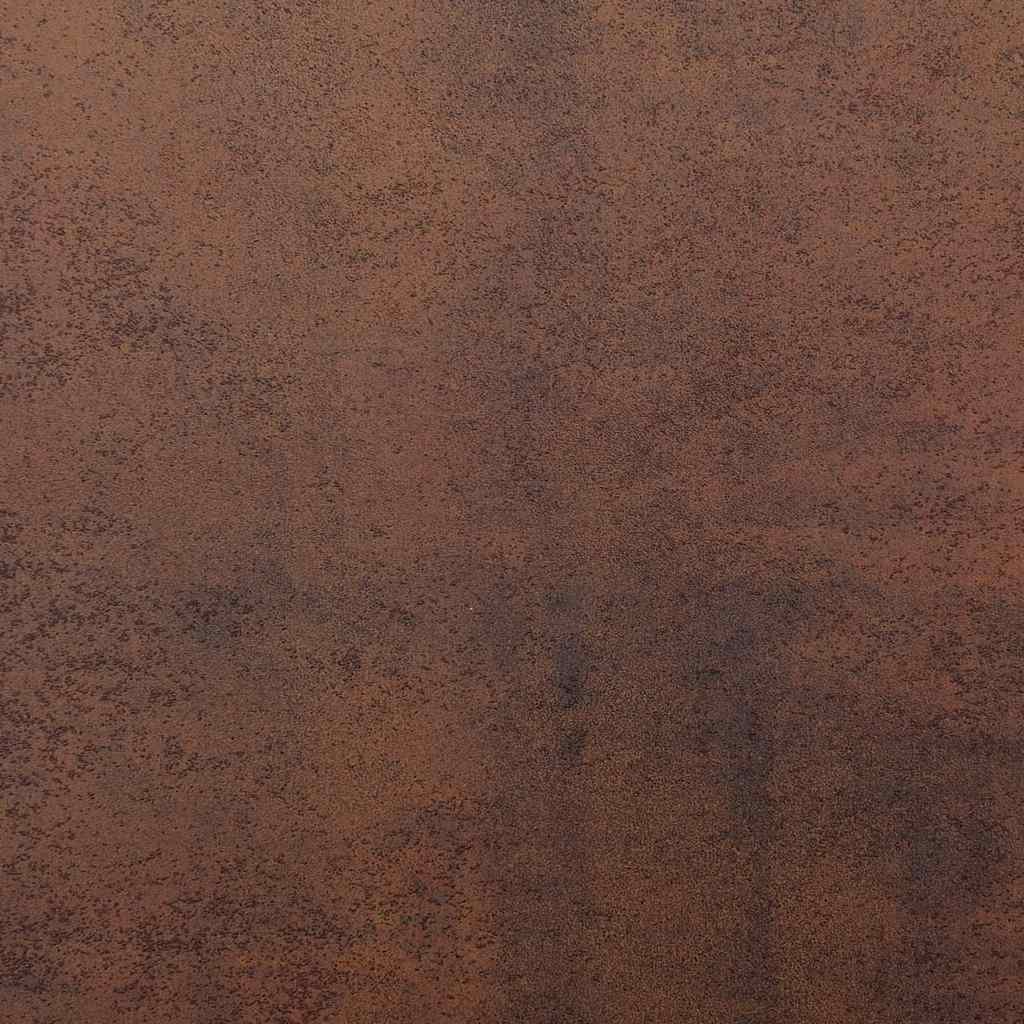
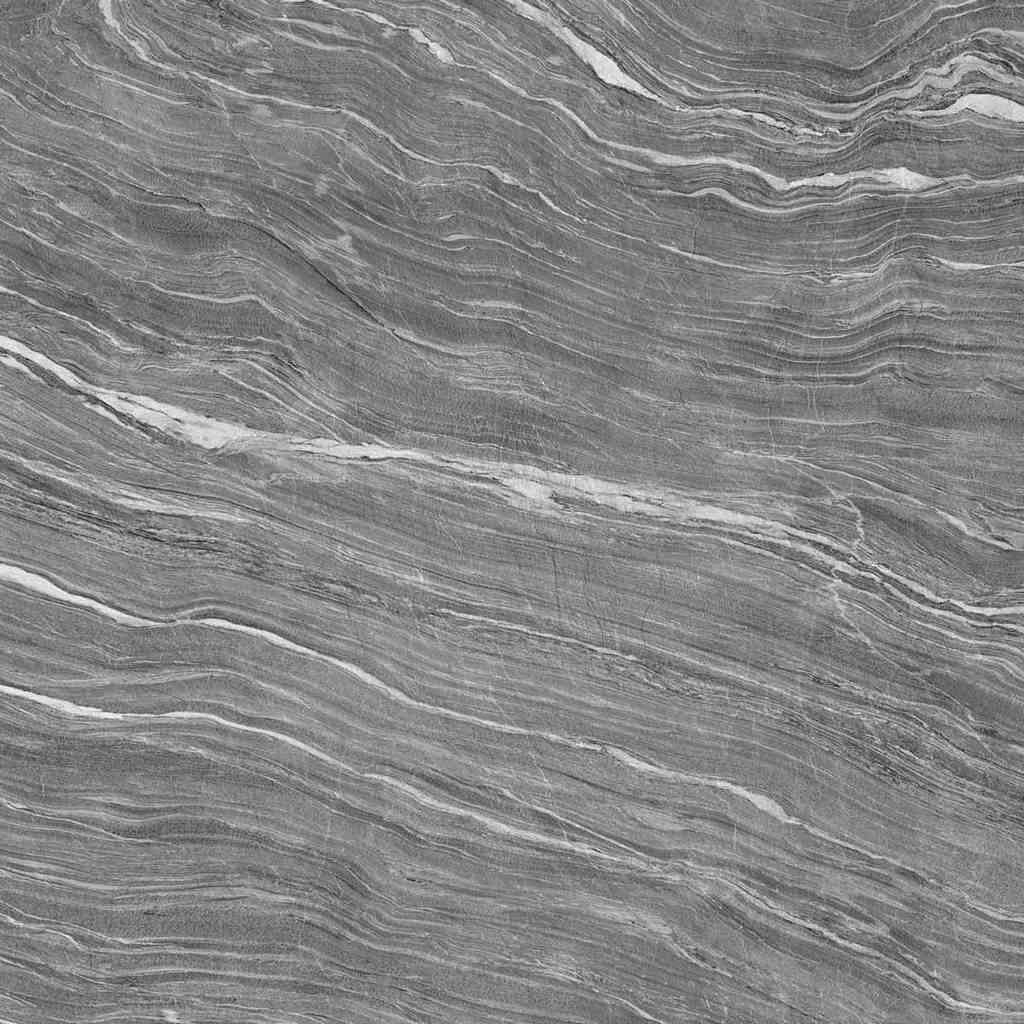
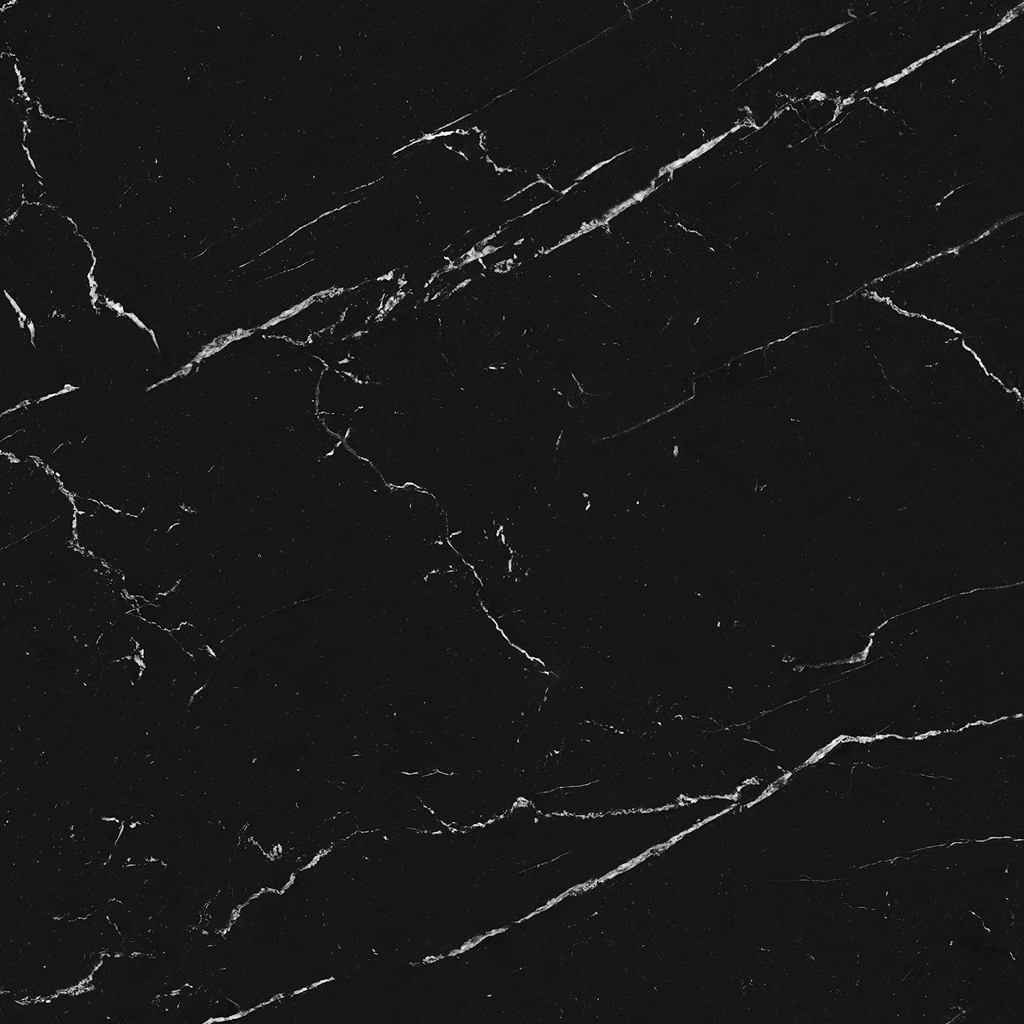
Why are Neolith porcelain worktops so good?
As mentioned above, Neolith is a highly scratch resistant, water-repelling and heat-resistant product. It’s almost an ideal kitchen worktop surface for those who are avid cooks and never have time to use chopping boards, thoroughly clean or use cork mats for heated pots and pans. All in all, Neolith stone worktops are extremely low maintenance and therefore appeal to those who love modern designs (those fond of unique, world-imitating motifs, thin surfaces or practical solutions).
Apart from being waterproof, Neolith worktops can withstand any weather/climate harshness, making them perfect products for outside BBQ surfaces. They can resist heavy rainfall, the impact of hail, the flexibility of temperatures, the dry or wet conditions. Therefore they make for a fantastic exterior and interior solution. It’s no wonder that thanks to their impeccable functionality, they’ve been widely used across each continent for internal designs as well as external solutions. You can practically find Neolith in common kitchens in University flats, professional restaurants, Wall Street offices and the cladded walls of shopping centre buildings.
Neolith kitchen worktops can be applied virtually anywhere:
Neolith is a very light material, especially the 8mm and 12mm versions of the slabs. Meaning that during the installation is very easy, but also the risk is certainly reduced. When our fitters are told they must clamber up to the 10th floor of a building to fit 3cm, highly-dense granite, they wipe the invisible sweat of their brows just at the thought of it. With ceramic, it’s truly a quick job. Therefore if you live in a place that is difficult to access, you might save yourself some money by opting for Neolith kitchen worktops instead, as the manpower needed for fitting will be significantly reduced.
Sintered stone doesn’t just have to be used for Neolith worktops either. Because this product is so light, we can fit it practically anywhere within and around your home. This truly means anything from furniture, to kitchen cabinets, bathroom baths and surround, even to ceilings, flooring, exterior cladding, swimming pools etc. Neolith, along with other ceramic products on the market, are likely the most versatile, universal materials to date.
What are the Neolith colour choices?
When it comes to colours, Neolith have really expanded their range in the past three of four years. Ceramics are still relatively new on the market compared to quartz or granite, but despite that, Neolith have made sure to become a true competition for the quartz and granite suppliers.
Their collections are very unique, comprising of seven varying styles:
Colorfeel – a rather simple style of colours, they are usually plane with different kinds of shades.
Fusion – more greyish/metallic colours, either plain or with some patterns merged into the overall composition.
Iron – probably the most prestigious collections. As the name suggests, this collection contains plenty colours that resemble metallic, and especially rusty tones. t
Textil – a collection of very unique colours and patterns that somewhat reflect the appearance of finely woven materials like linen or cotton.
Timber – a more traditional style and certainly, as the name states, a reflection of wooden patterns and wooden core rings that are scattered through the ceramic surface.
Classtone – resembling the truly organic shades of stone, especially marble and quartzite.
Once again, if you wish to epxlore a full range of these colours, we invite you to our Sample Gallery. If you click on the Neolith filter in the ‘brands’ panel, all the colours will unfold. You’re also welcome to visit the Neolith website by visiting the link above.
Are Neolith worktops truly easy to clean?
Absolutely! The easy maintenance of these worktops is their main hallmark. Because they repel water, grease, liquids, oils or even acids, nothing can stain or disfigure these products. Not to mention they do not absorb any food particles or chemicals, meaning the surface almost resembles teflon – nothing will stick to it, and even the heaviest of stains will be very easy to clean.
If you would like to get some first-hand feedback about kitchen worktops Neolith, we highly encourage you to read through some of our testimonials or read some reviews of the product online, as well as our website. When integrated into kitchen or heavy-workload environments, they will last years and years and no colour fading, scratches or staining will impact its durable composition. They are truly an excellent choice.
Will a Neolith worktop survive UV lighting in my conservatory?
100%. These surfaces made as a result of high pressure and extreme temperatures, therefore from the onset Neolith worktops have been conditioned to survive the same challenges in open-space environments.
These products are non-porous, extremely resistant to scratching, the wet moisture developing in the bathrooms, abrasion of surface-crawling children, low temperatures of rain and snow. But above all, Neolith sintered surfaces can boast a UV resistant nature – no amount of sun dosage will interfere with its original colour patterns.
